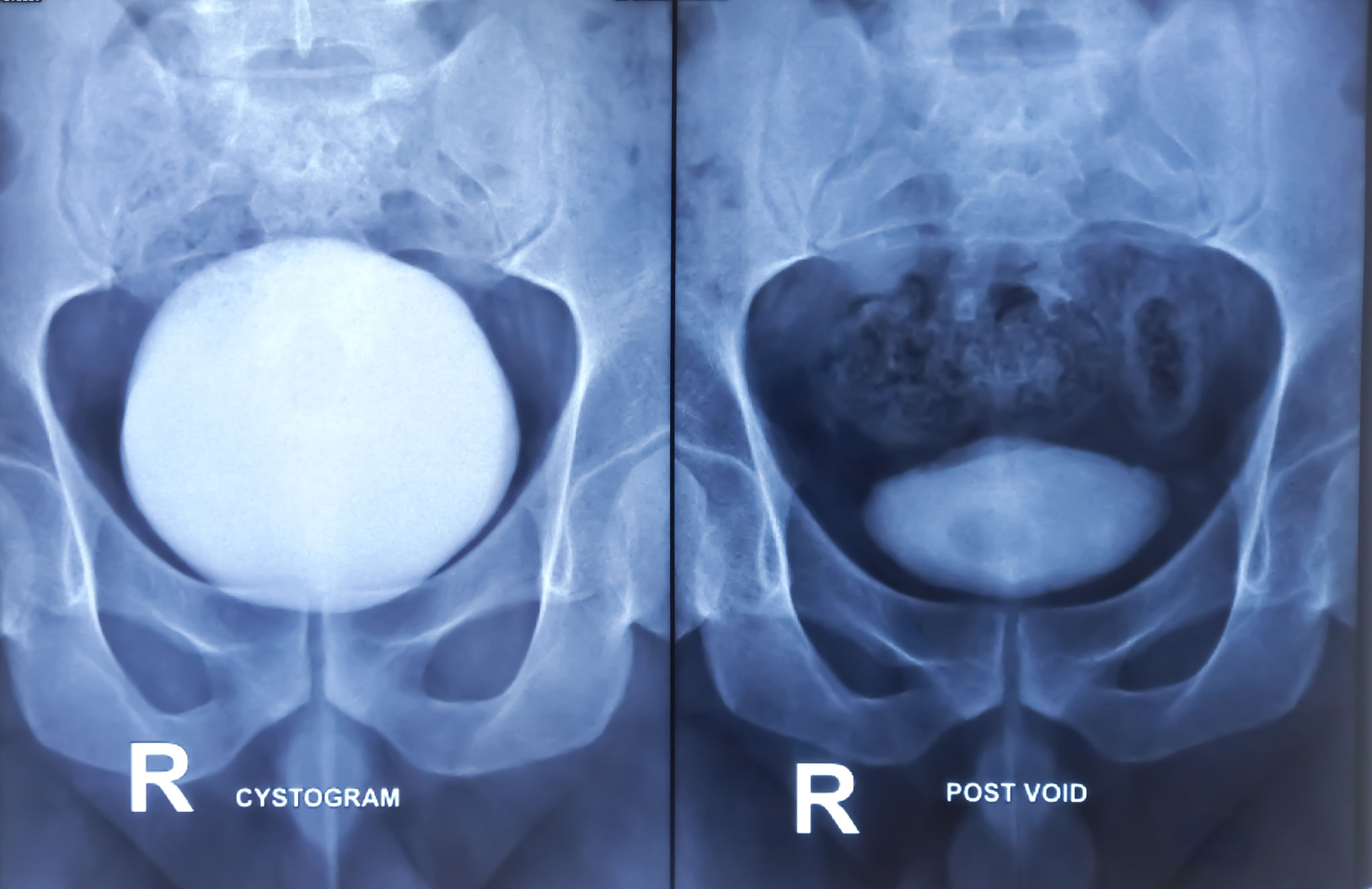How Urodynamic Testing Helps Manage Urinary Incontinence: Insights from Atlanta Experts
Understanding Urodynamic Testing
Urinary incontinence can be a frustrating and often embarrassing condition, affecting millions of individuals worldwide. Fortunately, advances in medical diagnostics have paved the way for more effective management strategies. One such diagnostic tool is urodynamic testing, a comprehensive procedure used to assess how well the bladder and urethra are storing and releasing urine. In Atlanta, experts are utilizing this testing to better understand and manage urinary incontinence.

The Importance of Urodynamic Testing
Urodynamic testing provides crucial insights into the functioning of the lower urinary tract. By measuring various factors such as bladder pressure, urine flow rate, and bladder capacity, healthcare professionals can pinpoint specific issues causing incontinence. This detailed analysis is essential for developing a tailored treatment plan that addresses the unique needs of each patient.
For those experiencing symptoms like frequent urination, urgency, or leakage, urodynamic testing can be a game-changer. It allows for an accurate diagnosis that informs the most appropriate treatment options, whether they involve medication, lifestyle changes, or surgical interventions.
What to Expect During Urodynamic Testing
The thought of undergoing urodynamic testing may seem daunting, but understanding what to expect can alleviate concerns. Typically, the procedure involves several tests performed in a clinical setting, lasting about 30 minutes to an hour. Patients may be asked to arrive with a full bladder and will undergo tests that assess bladder storage and emptying capabilities.

During the testing, catheters may be used to fill the bladder with water while measuring pressure. Patients might also be asked to cough or bear down to evaluate how these actions affect bladder function. The process is generally painless, though some may experience mild discomfort.
Insights from Atlanta Experts
Experts in Atlanta emphasize the value of urodynamic testing as part of a comprehensive approach to urinary incontinence management. According to specialists, many patients report significant improvements after identifying the root cause of their symptoms through these tests. This diagnostic clarity allows for more precise interventions that can greatly enhance quality of life.
Moreover, Atlanta's medical community is at the forefront of integrating advanced technology into urodynamic testing, ensuring that patients receive the most accurate diagnoses possible. This commitment to cutting-edge care is helping many regain control and confidence.
Benefits of Urodynamic Testing
The benefits of urodynamic testing extend beyond diagnosis. It plays a vital role in monitoring the effectiveness of treatment plans over time. By periodically reassessing bladder function, healthcare providers can make necessary adjustments to ensure optimal outcomes for patients.

Furthermore, urodynamic testing can help differentiate between different types of incontinence, such as stress or urge incontinence. This distinction is crucial for selecting the most effective treatment approach, thus enhancing the chances of successful management.
Conclusion
In conclusion, urodynamic testing stands as a cornerstone of effective urinary incontinence management. By offering detailed insights into bladder function, it empowers healthcare professionals to craft personalized treatment plans that address the specific needs of each patient. In Atlanta, experts are leveraging this powerful diagnostic tool to improve patient outcomes and enhance quality of life.
If you or someone you know is struggling with urinary incontinence, consider consulting with a healthcare provider about the potential benefits of urodynamic testing. With the right approach and expert guidance, managing this condition becomes a more attainable goal.